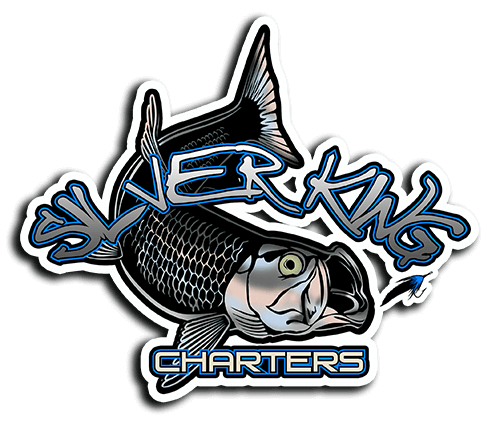
22 Feb Fishing for mudding Bonefish
Miami bonefish fishing guide
Mudding bonefish
Fishing for mudding fish is one of the most common scenarios that we encounter while targeting the elusive grey ghost.
The bonefish normally feed rooting the bottom with their noses, looking for crustaceans and sea worms by sucking little amounts of sand or mud along with their prey and then ejecting or spitting the excess, thus creating a “mud” or small puff that under ideal weather and sea conditions is highly visible to the angler and guide.
How bonefish feed
When fishing for bonefish, the most 2 common feeding patterns that we encounter are fish tailing or cruising. The fish can create muds in both of these situations. although, sometimes we find fish that are just cruising or moving without feeding or rooting the bottom.
Fish that are cruising or relocating from one area to another are opportunistic feeders. Those will eat a well placed fly, shrimp or crab that comes across their path about 70% of the time. Mudding fish are always more prone to eat as they are truthfully looking for food.
Looking for bonefish muds is a very effective way to find fish during the higher stages of the tide, which keep us from seeing signs such as tails and wakes. Muds are also great bonefish giveaways during days when cloud cover restricts the ability to spot the fish through the water.
Identifying a bonefish mud
When working a bonefish flat, we will encounter other sea creatures that often make muds and puffs while feeding or moving. The most common “mudders” are stingrays, nurse sharks, mullet, bonnethead sharks and puffer fish. Slightly darker or lighter bottom areas will often look like muds as well. It is important to learn how to identify bonefish muds from all these other confusing signs.
Stingrays, mullet and nurse sharks often make very dense or “thick”muds as they feed. The muds usually stay in the same area and don’t move much. With this being said, stingrays should not be overlooked as bonefish love to follow them, eating all the little crustaceans they kick off the bottom with their wings.
Bonefish muds are usually little puffs, light or “smoky” in appearance. They usually dissipate very fast into the current as the fish move constantly in a zig zag pattern when they feed. These are the main tell signs that differentiate bonefish muds from other fish’s muds.
Once a bonefish mud has been spotted, try to locate where the bones are or where the fish are heading to and place your fly or bait as close to them as possible (If fishing water shallow enough to see fish through the water).
Where to cast
Remember that Almost always the muds are where the fish were so spotting the fish first is priority number one instead of blind casting. If you are fishing water too deep to spot fish, or during cloudy skies, observe the sequence or trail of the muds and cast right into the freshest ones that you see or to where those seem to be heading to.
Big schools of bonefish can make bigger or denser muds that may look made by the wrong species. Keep your eyes peeled and try to identify signs like flashes, black or dark shapes, puffs and such.
Learn how to read and spot a bonefish mud and you will be catching more bonefish.

Miami bonefish fishing guide

Miami bonefish fishing guide
Capt Alex Zapata
Flats fishing guide
IFFF certified fly casting instructor
Miami, Everglades and the keys
(786) 317-4733
www.silverkingcharters.com
silverkingcharters@yahoo.com
??????????
Follow us on Facebook
@silverkingcharters
Follow us on Instagram
@silverking_charters_



Tailing bonefish | Miami bonefish expert | bonefishing Miami | Miami flyfish
Posted at 15:40h, 30 July[…] fishing big schools of tailing bones, In order to not to put the whole school under alert by lining fish, always start by placing your […]
Key Biscayne flats fishing | Miami beach flats fishing | Miami inshore flats
Posted at 11:55h, 01 August[…] have been finding bonefish pushing in schools and mudding, during the lower stages of the tide, at spots with strong current or moving water. The muds have […]